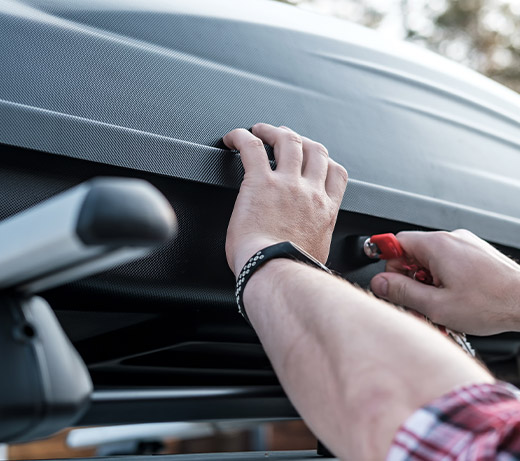Aerodynamics
Aerodynamic characteristics greatly influence not only the performance of products, but can also have implications on the cost, safety and longevity of such products. Whether it’s reducing drag to improve fuel efficiency or ensuring structural integrity on a cell tower under high wind loading, properly accounting for the aerodynamics of products (or hydrodynamics in the case of liquids) is a critical component of the design process. Thoroughly vetting key design variables in a wind tunnel environment can be a challenge given the cost of testing, inability to produce sufficient speeds and lack of insight, thus resulting in a design not fully optimized for its purpose.
Our team of simulation specialists has years of experience in extracting the design insight and performance data from these types of applications to empower more innovative design solutions, compress development cycles and ensure confidence in aerodynamic performance prior to final validation testing.
Application Areas
- Automotive
- Transportation
- Marine
- Hydrodynamics
- Aerospace
- Avionics
- Architectural
- Consumer Products
- Energy / Power Generation
- Aerodynamics
Benefits of Rand Simulation Insight
- Confidence in performance effectiveness prior to costly wind tunnel testing
- Streamlining design profiles to reduce aerodynamic loading
- Ensuring structural integrity under worst-case aerodynamic loading conditions
- Optimizing lift-to-drag ratios
- Balancing overall performance with size, cost and aesthetics
- No flow/thermal expertise or software needed – We have it!

Get a free project scoping assessment
See how electronics helps build better products and reduce design cycles

"Aerodynamics is a critical aspect of our cargo boxes, and thus something that needs to be accounted for and properly understood prior to releasing a product line. The team at IDP (now Rand SIM), was able to quickly uncover and communicate the flow dynamics and resulting forces on a next-generation box along with the changes needed to reduce drag without sacrificing aesthetics and enhance our go-to-market story. The simulation know-how, transparent communication and aerodynamic knowledge of the team made the entire process very comfortable, to the point where we basically forgot they were not permanent members of our team.”
Chief Engineer
Kevin Bogoslofski
